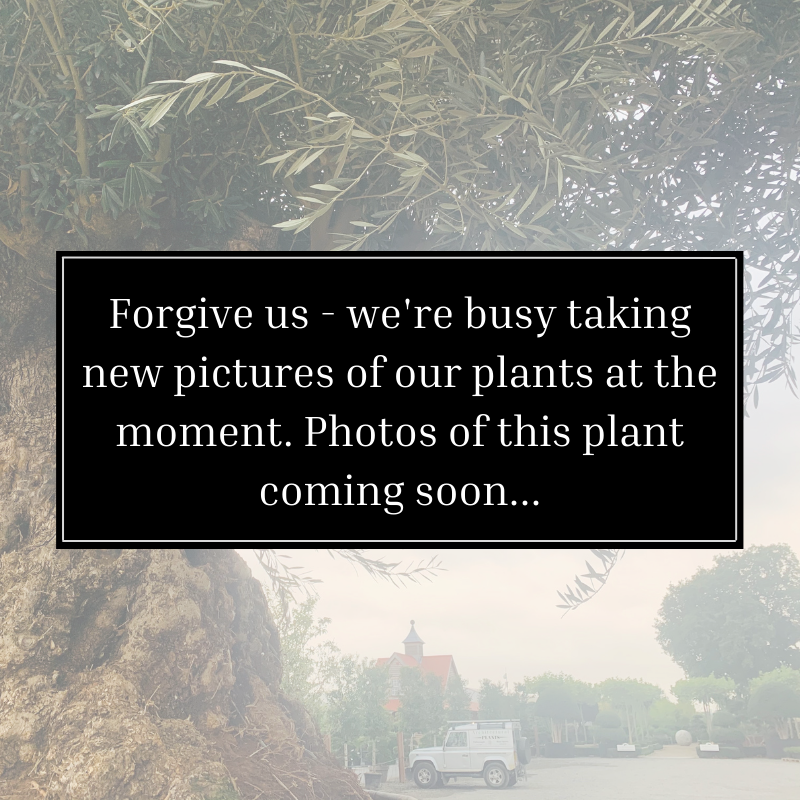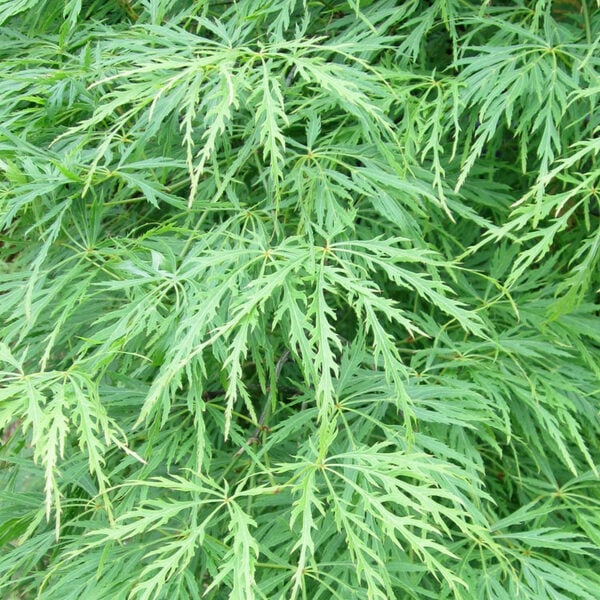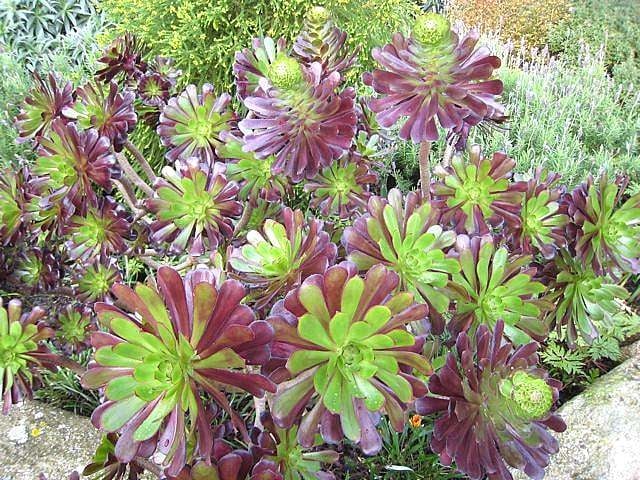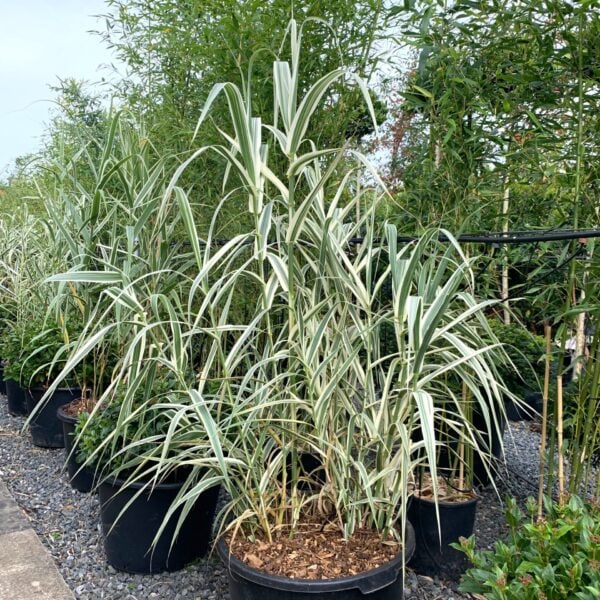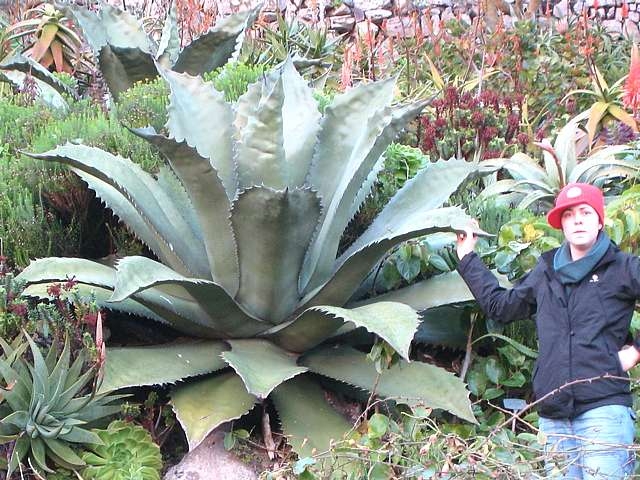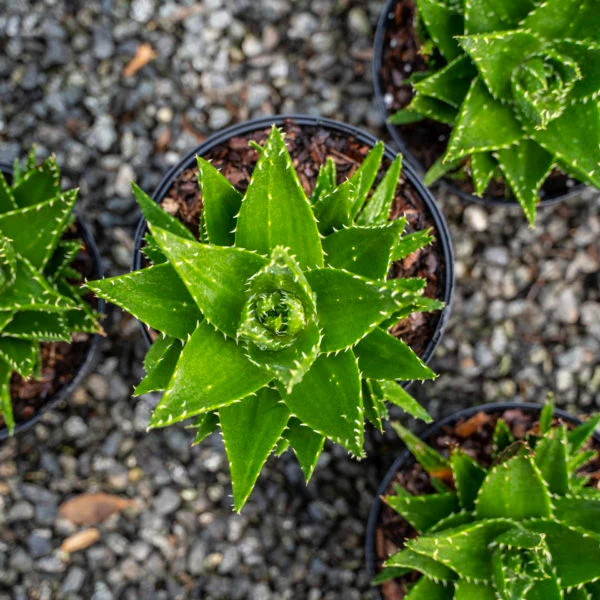Parrotia persica (Persian Ironwood)
Native to northern Iran and Caucasus this is a beautiful, hardy wide spreading shrub or small tree with flaking bark. Please contact us for stock availability and sizes.

Hardiness level Green
A wide spreading shrub or small tree with a lovely bark, all taupes and beiges and flaky-tactile. Bare-stemmed in winter, these look even more splendid when festooned in crimson witch-hazel type flowers in very early spring.
The Persian Ironwood was named after the German scientist and naturalist Georg Friedrich Parrot. It was described in the 1830s, and found growing natively in Iran’s Caspian region and in the Alborz mountains. Good old Georg was quite well known for going on lengthy and intrepid bouts of botanizing and on this trip, he came back with an absolute stunner. Erstaunlich!
In autumn if you squint a bit this shrub (or small tree) does actually sort of look like a flock of parrots all squabbling to fit on one perch. It throws out some eye bending reds and yellows and searing orange as the deep green leaves turn in for the winter, and has a growth habit we’ve heard described as ‘capricious’.
Not just beautiful but it’s hardy as well so we believe you should have at least one of these psittacine stunners in your flock. They have a lovely wide spread of deep green foliage through summer and generally busy themselves by being valuable structure and backdrop for their companions. Then in autumn it’s all front-and-centre: spreading its wings for a proper foliar flash.
A remarkably amenable plant that is happy in any position in sun to partial shade, be it exposed or sheltered on any moist but well drained acid, alkaline or neutral soil. Normally 4 or 5 meters after 20 years but can reach 15 metres in the wild.
N.B. When clipping several plants with the same tool, have a bucket containing a 5% bleach solution and swish your blades around for 30 seconds between plants to sterilise them. This will help avoid the chance of cross contamination of disease.
As with all woody plants, plant high, exposing as much of the taper at the base of the trunk as possible. Allowing soil to accumulate round the base of a tree can be fatal. Keep very well-watered when first planted.
Additional Information |
|
|---|---|
| Continent of Origin | |
| Features | |
| Hardiness | |
| Flower Colour | |
| Plant Type | |
| Situation | Coastal, Exposed (To wind and sun), Mild City Gardens, Plants for Pots, Sheltered Garden |
| Light | |
| Tree Size | |





